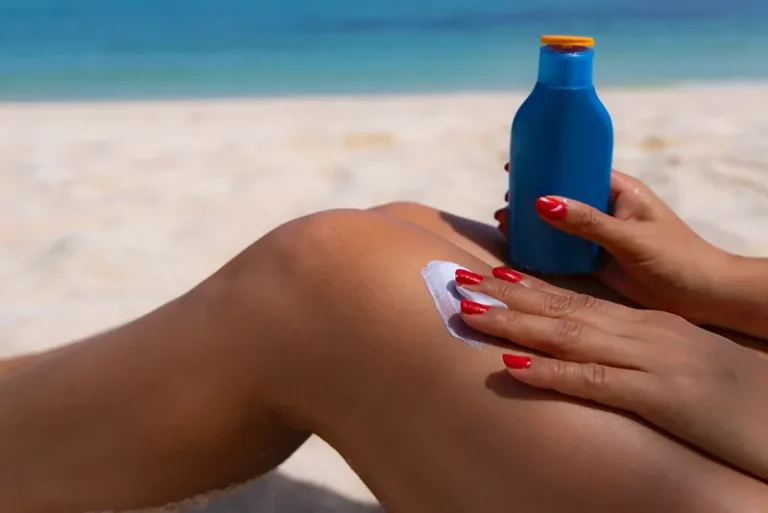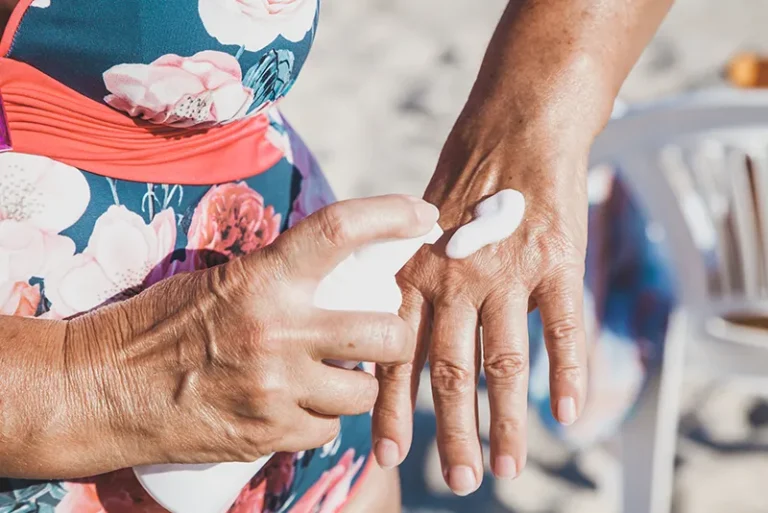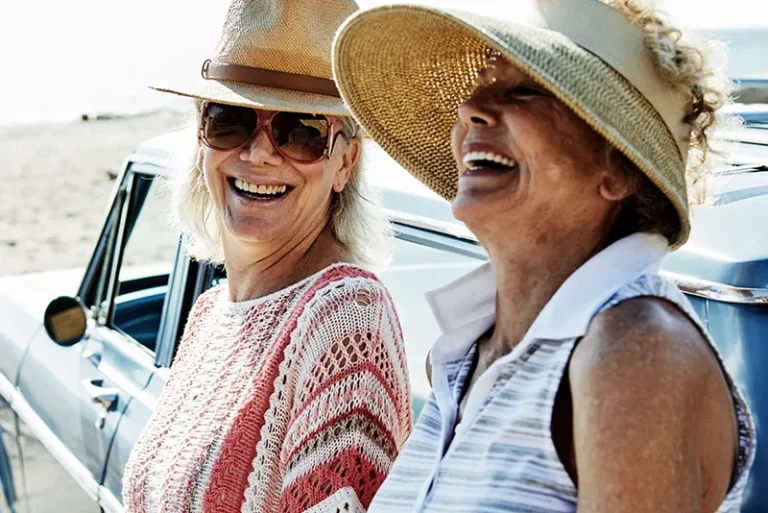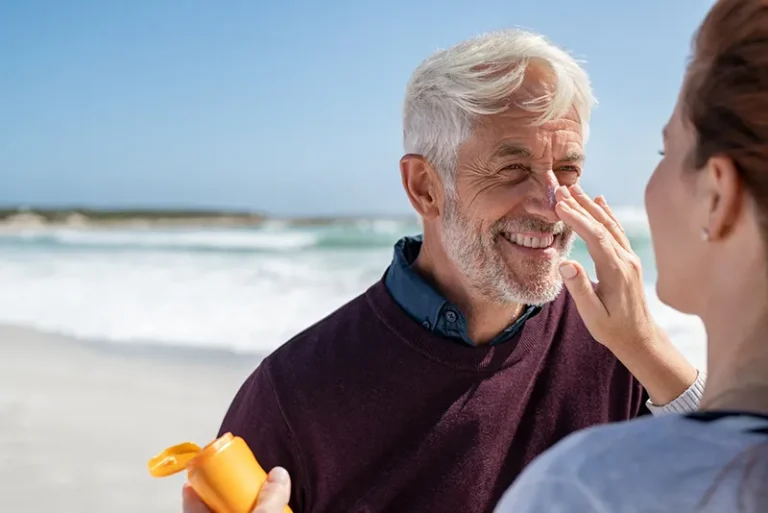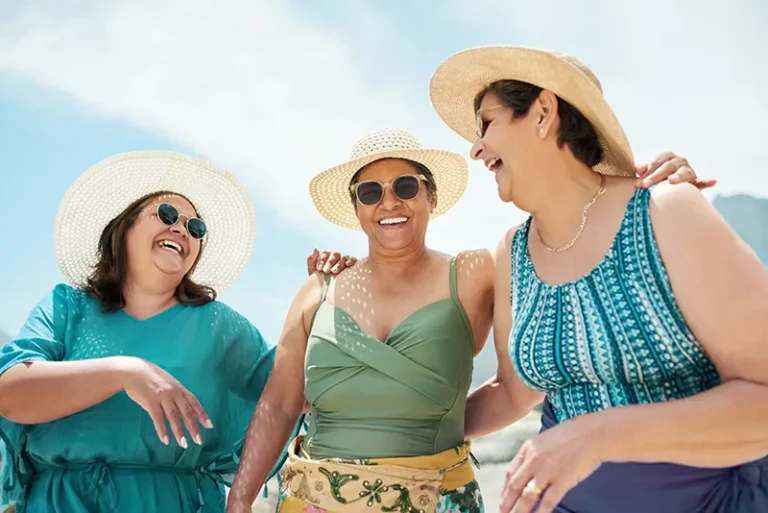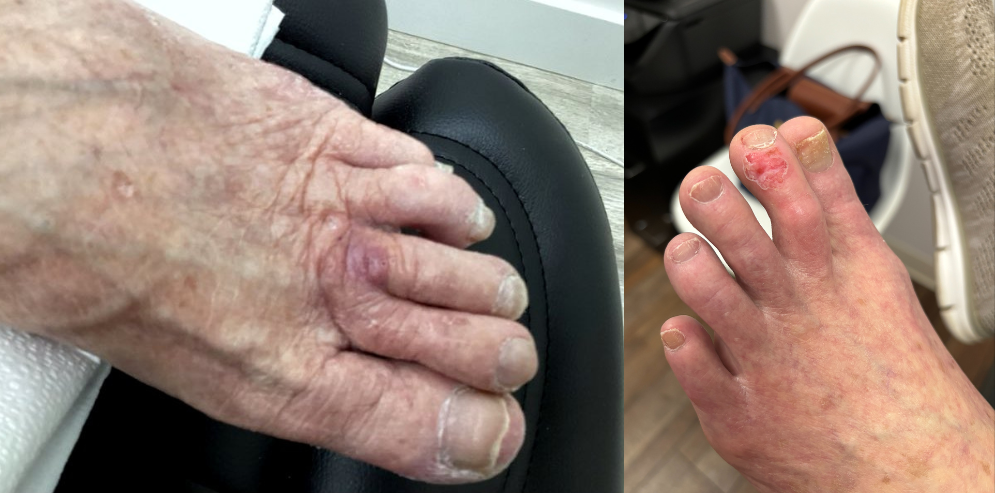
As we age, our skin may naturally develop various types of marks and blemishes, including sunspots. These small brown spots are also called liver spots or age spots, and they appear on the areas of your skin that have seen the most sun exposure.
Are sunspots cancerous? No, sunspots on skin are harmless, but should still be monitored when you discover a new one as certain skin cancers can closely resemble sunspots in their early stages.
Unlike sunspots, skin cancer can become life-threatening, and early detection is vital. How can you pick up on the often subtle differences between sunspots vs. skin cancer? The team at GentleCure provides some tips, below.
Sunspot vs. Skin Cancer: Appearance & Location
Sunspots:
- Sunspots are usually very smooth to the touch and are not raised above the skin.
- They appear only on the areas of your skin that have had prolonged, direct sun exposure such as your hands, face, and arms.
Skin Cancer:
- Comparatively, skin cancers are usually raised, even if only slightly, and can be differentiated from the surrounding skin when you run a finger over them.
- Unlike sunspots, skin cancers can appear anywhere on the body, even in areas that do not receive sun exposure.
If you see something that looks like a sunspot but is not flush with your skin or is in an unusual area, you should have it examined by a doctor.
Skin Cancer Prevention: Use the ABCDE Method
You may have heard about the ABCDE method before. It can be especially useful in differentiating sunspots vs. skin cancer. Here is a brief reminder of what to look for when you use the ABCDE method:
- Asymmetry: If you divided the spot down the middle, the two halves would not be matching.
- Border: The spot does not have distinguished edges. Instead, they may be jagged or blurred.
- Color: The spot does not have even coloring throughout. You may see varying shades of pink, red, black, brown, blue, or tan.
- Diameter: The spot is larger than 6 mm, or the size of a pencil eraser.
- Evolving: A spot that shows changes in size, shape, surface texture, or color is cause for concern.
When it comes to skin cancer, prevention and early detection are critical. The ABCDE method can help you track unusual spots on your skin. When you visit a dermatologist, they’ll be able to tell you if you’re dealing with harmless sunspots on skin or skin cancer.
When in Doubt, Visit Your Doctor
If you’re having doubts about whether a blemish is a sunspot or could be cancerous, the best course of action is to consult a medical professional without delay. Additionally, it’s important to note that while sunspots are harmless, individuals who get a lot of them are usually considered to be at a higher risk of skin cancer. So, if you’re starting to see sunspots on your skin and have never had a skin cancer screening, now is the time to schedule one.
Learn More With GentleCure
For more tips and information about skin cancer and prevention, we encourage you to visit our blog. There, you’ll find articles on sun protection, the different types of skin cancer, skincare tips for men and women, and more. If you’ve been recently diagnosed with squamous or basal cell skin cancer and would like to start exploring surgery-free treatment methods like GentleCure™, call our skin cancer information specialists at 855-485-1659 to start a conversation.
